Home>Home Appliances>Laundry Appliances>What To Do If Washing Machine Overflows
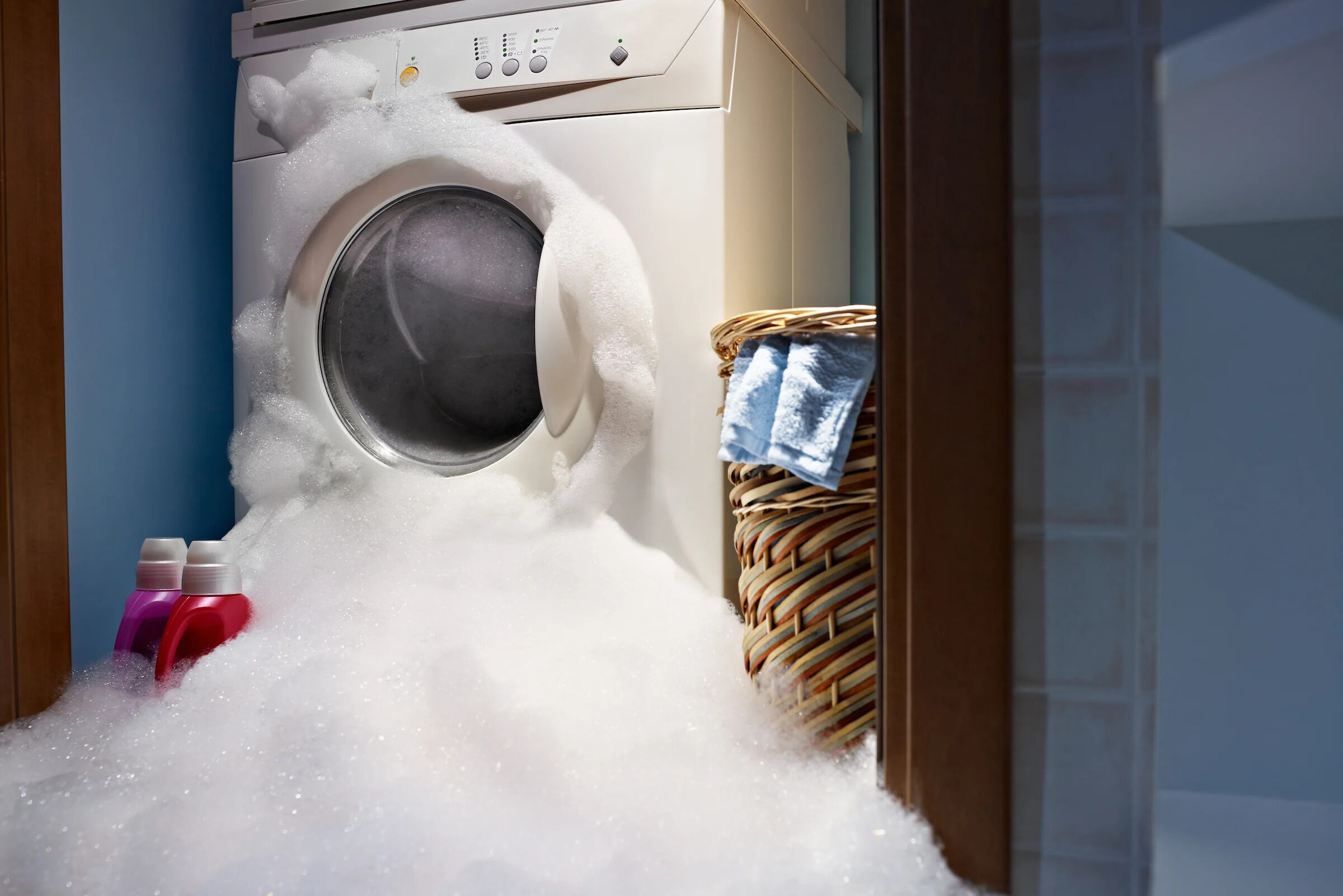

Laundry Appliances
What To Do If Washing Machine Overflows
Published: February 22, 2024
Discover effective solutions for dealing with a washing machine overflow. Get expert tips to prevent and address this common issue with laundry appliances.
(Many of the links in this article redirect to a specific reviewed product. Your purchase of these products through affiliate links helps to generate commission for Storables.com, at no extra cost. Learn more)
Common Causes of Washing Machine Overflow
Washing machine overflow can be a frustrating and messy experience, often catching homeowners off guard. Understanding the common causes of washing machine overflow can help you prevent this issue and maintain a smoothly running laundry appliance. Here are the primary culprits behind washing machine overflows:
-
Clogged or Faulty Drainage System: A clogged or obstructed drainage system is a leading cause of washing machine overflow. When the drainage pipe or hose is blocked by lint, debris, or foreign objects, water cannot flow out efficiently, leading to overflow.
-
Malfunctioning Water Inlet Valve: The water inlet valve controls the flow of water into the washing machine. If it fails to shut off properly, the machine may continue to fill with water, resulting in an overflow situation.
-
Faulty Water Level Pressure Switch: The water level pressure switch is responsible for regulating the water level inside the washing machine. If this component malfunctions, it can inaccurately detect the water level, causing the machine to overfill and overflow.
-
Worn Out or Damaged Hoses: Over time, the hoses that supply water to the washing machine can deteriorate, develop cracks, or become loose. These issues can lead to leaks and, ultimately, an overflow.
-
Drain Pump Issues: A malfunctioning or clogged drain pump can prevent the water from being efficiently pumped out of the machine, resulting in an overflow.
-
Excessive Detergent Usage: Using an excessive amount of detergent or using the wrong type of detergent can create excessive suds that overwhelm the machine, leading to overflow.
Understanding these common causes of washing machine overflow can help you identify potential issues early and take proactive measures to prevent them. By staying vigilant and performing regular maintenance, you can keep your washing machine running smoothly and avoid the inconvenience of an overflow.
Key Takeaways:
- Don’t panic if your washing machine overflows! Common causes include clogged drains, faulty valves, and excessive detergent. Regular maintenance and proper usage can prevent future mishaps.
- If your washing machine overflows, act fast! Turn off power, stop water flow, and clean up promptly. Regular maintenance and proper usage can prevent future incidents.
Steps to Take When Your Washing Machine Overflows
Experiencing a washing machine overflow can be a stressful and unexpected situation, but it's essential to act swiftly to minimize damage and address the underlying issue. Here are the crucial steps to take when your washing machine overflows:
-
Turn Off the Power: As soon as you notice the overflow, the first step is to turn off the power to the washing machine. This can be done by unplugging the machine from the electrical outlet or switching off the circuit breaker that supplies power to the appliance. By cutting off the power source, you can prevent any electrical hazards and further water-related mishaps.
-
Stop the Water Flow: If the washing machine continues to fill with water during the overflow, locate the water supply valves connected to the machine and shut them off immediately. This action will halt the influx of water into the appliance, preventing the situation from escalating further.
-
Protect the Surrounding Area: Depending on the severity of the overflow, water may have spread to the surrounding floor and adjacent areas. Use towels, mops, or a wet vacuum to remove the excess water and prevent it from causing damage to the flooring, walls, or nearby furniture.
-
Inspect for Blockages: Once the immediate water flow has been contained, check the drainage hose and pipe for any obstructions. Clearing any debris or blockages can help alleviate the issue and prevent future overflows.
-
Assess the Damage: Evaluate the extent of the damage caused by the overflow. If the water has seeped into the flooring or walls, it's crucial to address any potential water damage to prevent mold and structural issues.
-
Contact Professional Assistance: If the cause of the overflow is not immediately apparent or if the washing machine has suffered internal damage, it's advisable to seek the expertise of a qualified appliance repair technician. Professional assessment and repairs can help identify and rectify the underlying issues, ensuring the washing machine operates safely and efficiently.
By following these steps when your washing machine overflows, you can mitigate the immediate impact of the situation and take proactive measures to address the root cause of the overflow. Remember, safety should always be a priority when dealing with water-related incidents, so exercise caution and seek professional assistance when needed.
Turn off the washing machine and water supply. Soak up excess water with towels. Check for clogs in the drain hose or pump. Clean or replace as needed.
How to Clean Up After a Washing Machine Overflow
Dealing with the aftermath of a washing machine overflow requires prompt and thorough cleanup to prevent water damage and potential hazards. Here's a detailed guide on how to effectively clean up after a washing machine overflow:
-
Safety First: Before starting the cleanup process, ensure that the power to the washing machine is turned off to eliminate any electrical risks. Additionally, wear protective gloves and, if necessary, boots to safeguard yourself from potential contaminants in the standing water.
-
Remove Excess Water: Use towels, mops, or a wet vacuum to remove the standing water from the affected area. It's crucial to act swiftly to prevent the water from seeping into flooring, walls, or other porous surfaces, which can lead to structural damage and mold growth.
-
Dry the Area: After removing the excess water, thoroughly dry the affected area using fans, dehumidifiers, or open windows to facilitate air circulation. Pay close attention to hidden or hard-to-reach spaces where moisture can linger, as prolonged dampness can promote mold and mildew growth.
-
Sanitize and Disinfect: Once the area is dry, it's essential to sanitize and disinfect all surfaces that came into contact with the overflow water. Use a solution of water and a mild disinfectant to clean floors, walls, baseboards, and any other affected surfaces. This step helps eliminate bacteria, mold spores, and other contaminants, ensuring a hygienic environment.
-
Inspect for Damage: Thoroughly inspect the flooring, walls, and any nearby structures for signs of water damage, such as warping, discoloration, or soft spots. Address any visible damage promptly to prevent further deterioration and costly repairs down the line.
-
Check for Lingering Odors: Even after the visible water has been removed, lingering odors may persist. To combat this, use odor-neutralizing products or natural remedies such as baking soda to absorb and eliminate unpleasant smells.
-
Monitor for Mold: Keep a close eye on the affected area for any signs of mold growth in the days following the cleanup. If mold is detected, it's crucial to address it promptly to prevent potential health risks and further damage to the property.
By following these comprehensive cleanup steps after a washing machine overflow, you can effectively mitigate the impact of the incident and restore the affected area to a safe and habitable condition. Remember, swift and thorough cleanup is essential to prevent long-term damage and maintain a healthy living environment.
Preventing Future Washing Machine Overflows
Preventing future washing machine overflows is paramount in maintaining a hassle-free laundry routine and safeguarding your home from water-related damage. By implementing proactive measures and regular maintenance, you can significantly reduce the risk of experiencing another overflow incident. Here's a comprehensive guide to preventing future washing machine overflows:
-
Routine Maintenance: Schedule regular maintenance for your washing machine, including inspecting hoses, drainage systems, and internal components. Replace worn-out hoses and address any signs of deterioration promptly to prevent leaks and potential overflows.
-
Proper Detergent Usage: Follow the manufacturer's guidelines for detergent usage and avoid overfilling the detergent dispenser. Using the correct type and amount of detergent can prevent excessive suds, which can overwhelm the machine and lead to overflow.
-
Inspect Drainage System: Regularly inspect the drainage hose and pipe for any blockages or obstructions. Clearing debris and buildup can ensure proper water flow and prevent potential overflow situations.
-
Water Inlet Valve Maintenance: Periodically check the water inlet valve for signs of wear or malfunction. Ensure that the valve shuts off properly after the washing cycle to prevent continuous water flow into the machine.
-
Monitor Water Level Pressure Switch: Test the water level pressure switch to ensure it accurately detects and regulates the water level inside the washing machine. Address any issues promptly to prevent overfilling and subsequent overflows.
-
Proper Loading: Avoid overloading the washing machine, as this can disrupt the balance of the load and lead to operational issues, including overflows. Follow the recommended load capacity for your specific machine to maintain optimal performance.
-
Regular Inspections: Conduct visual inspections of the washing machine's internal and external components, including hoses, pumps, and fittings. Look for signs of wear, leaks, or loose connections, and address any issues immediately.
-
Install a Leak Detection System: Consider installing a leak detection system near your washing machine. These devices can alert you to potential leaks or overflows, providing an early warning and preventing extensive water damage.
-
Professional Servicing: Engage the services of a qualified appliance technician for periodic servicing and thorough inspections of your washing machine. Professional maintenance can identify and address potential issues before they escalate into overflows.
By incorporating these preventive measures into your laundry appliance care routine, you can minimize the risk of future washing machine overflows, ensuring a smooth and trouble-free laundry experience while safeguarding your home from water-related mishaps. Regular vigilance and proactive maintenance are key to maintaining the optimal performance and safety of your washing machine.
Frequently Asked Questions about What To Do If Washing Machine Overflows
Was this page helpful?
At Storables.com, we guarantee accurate and reliable information. Our content, validated by Expert Board Contributors, is crafted following stringent Editorial Policies. We're committed to providing you with well-researched, expert-backed insights for all your informational needs.
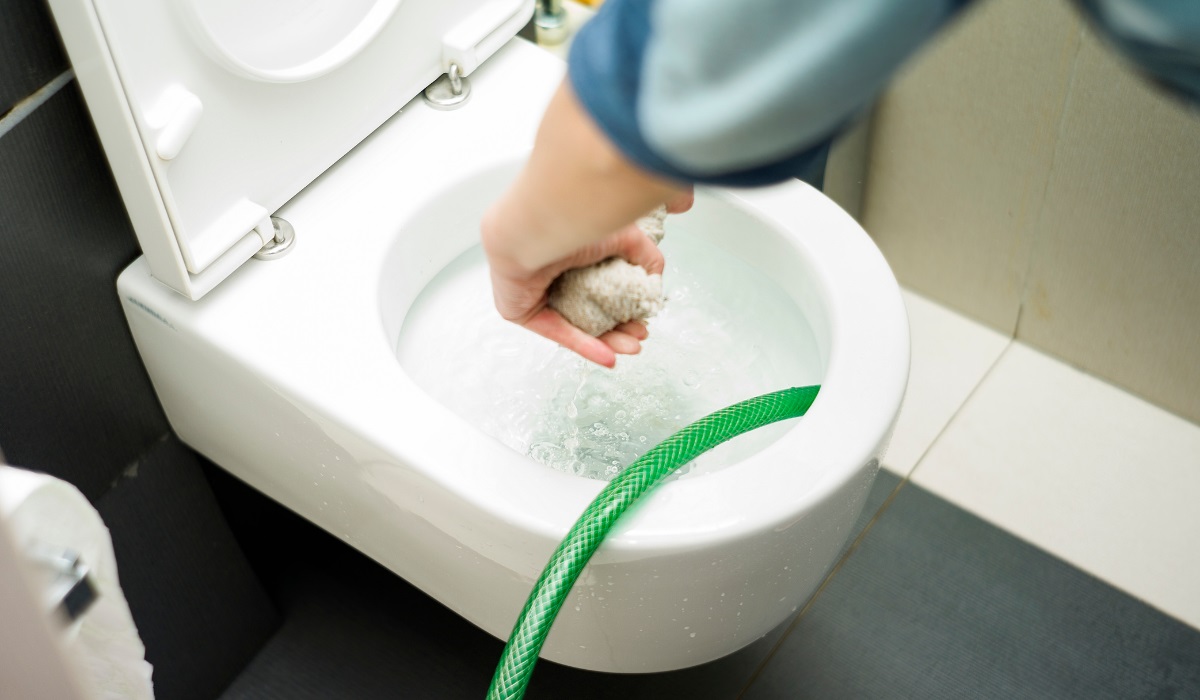
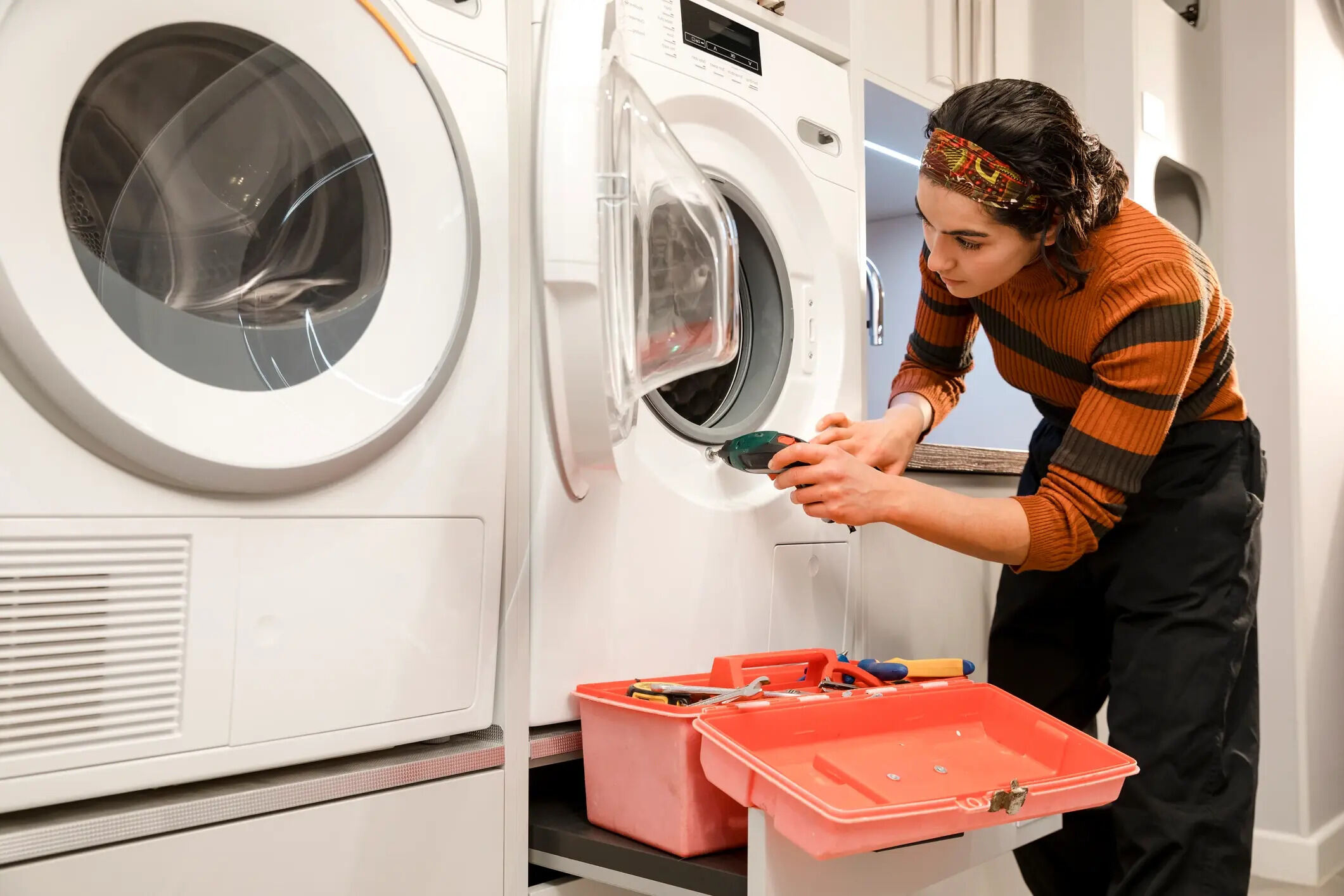
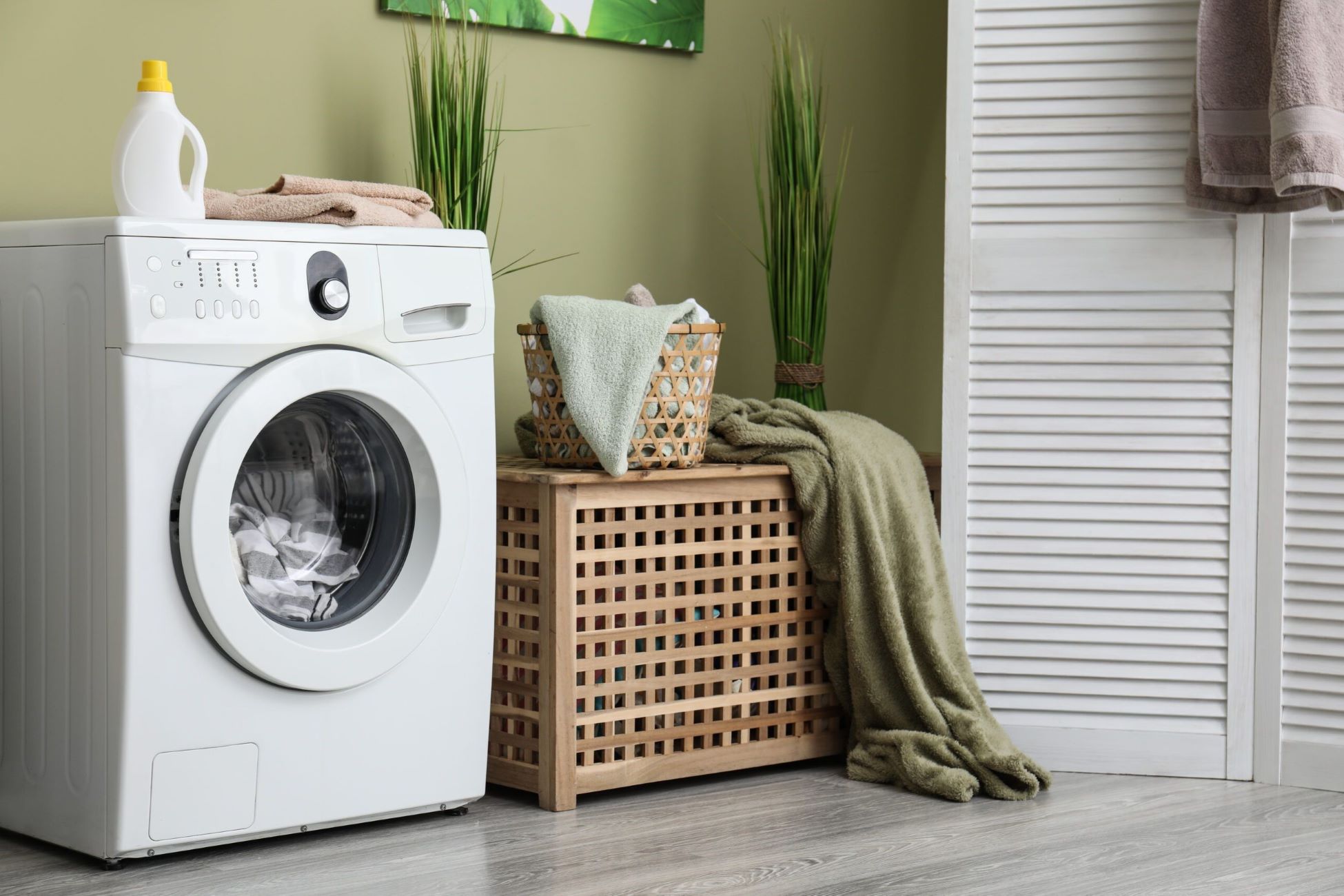
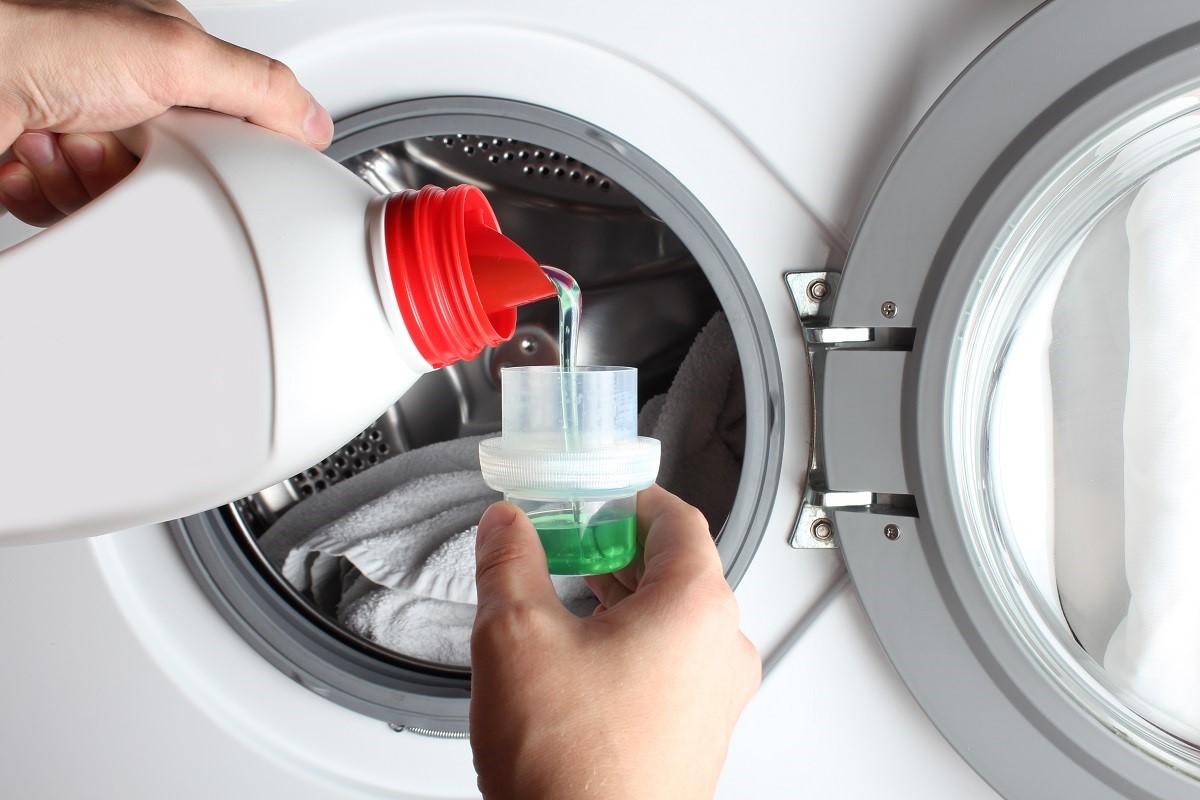
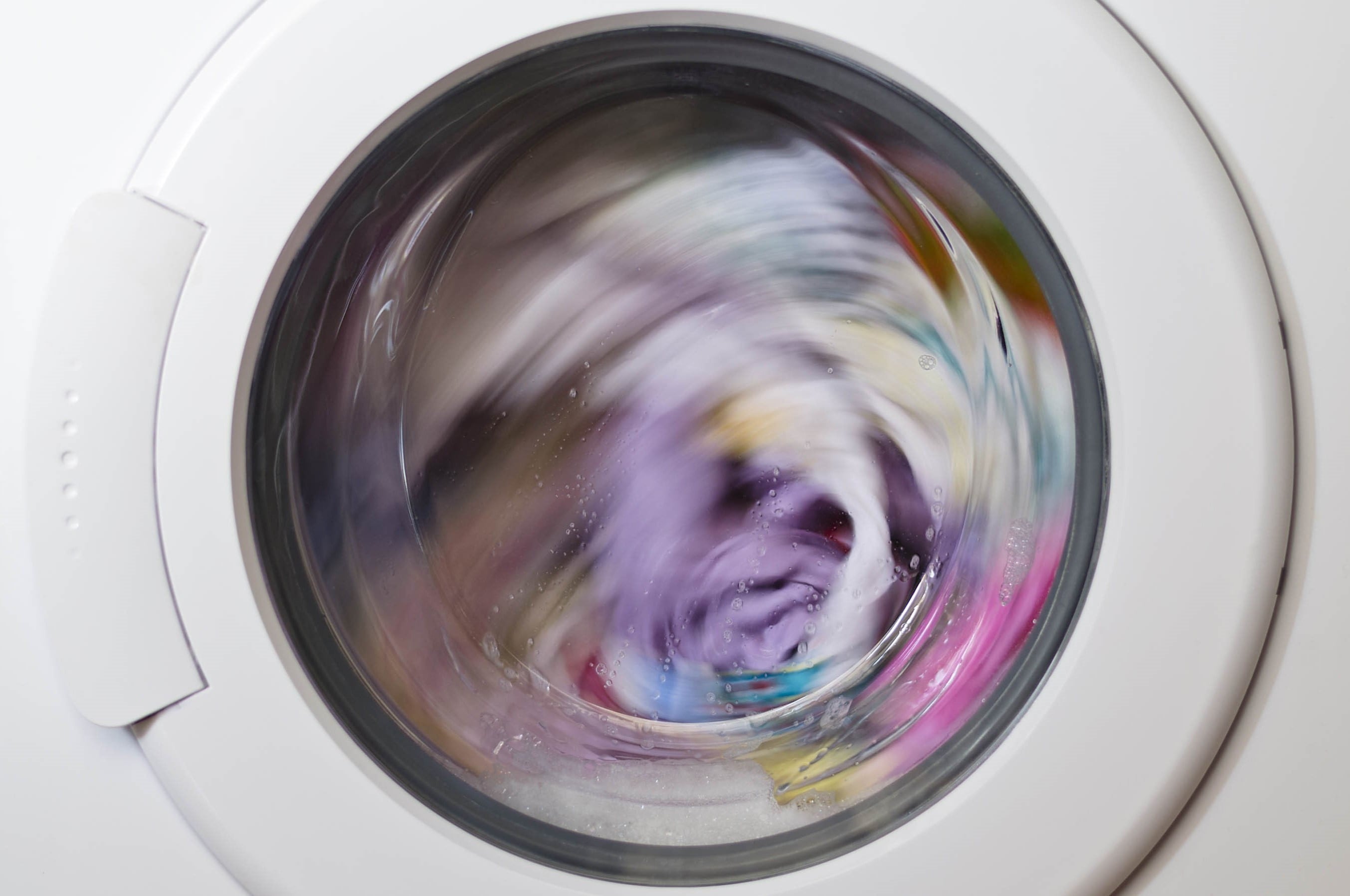
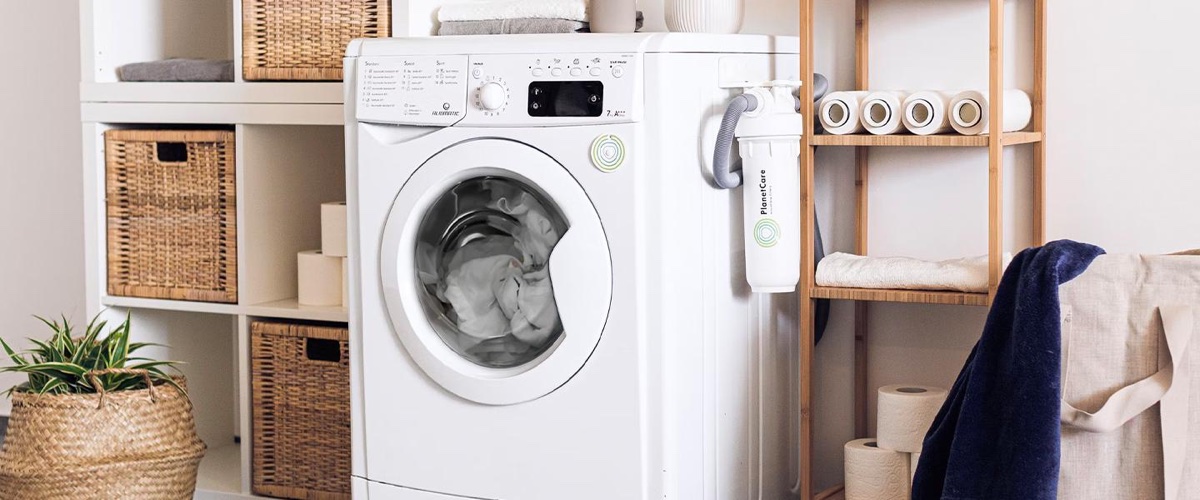
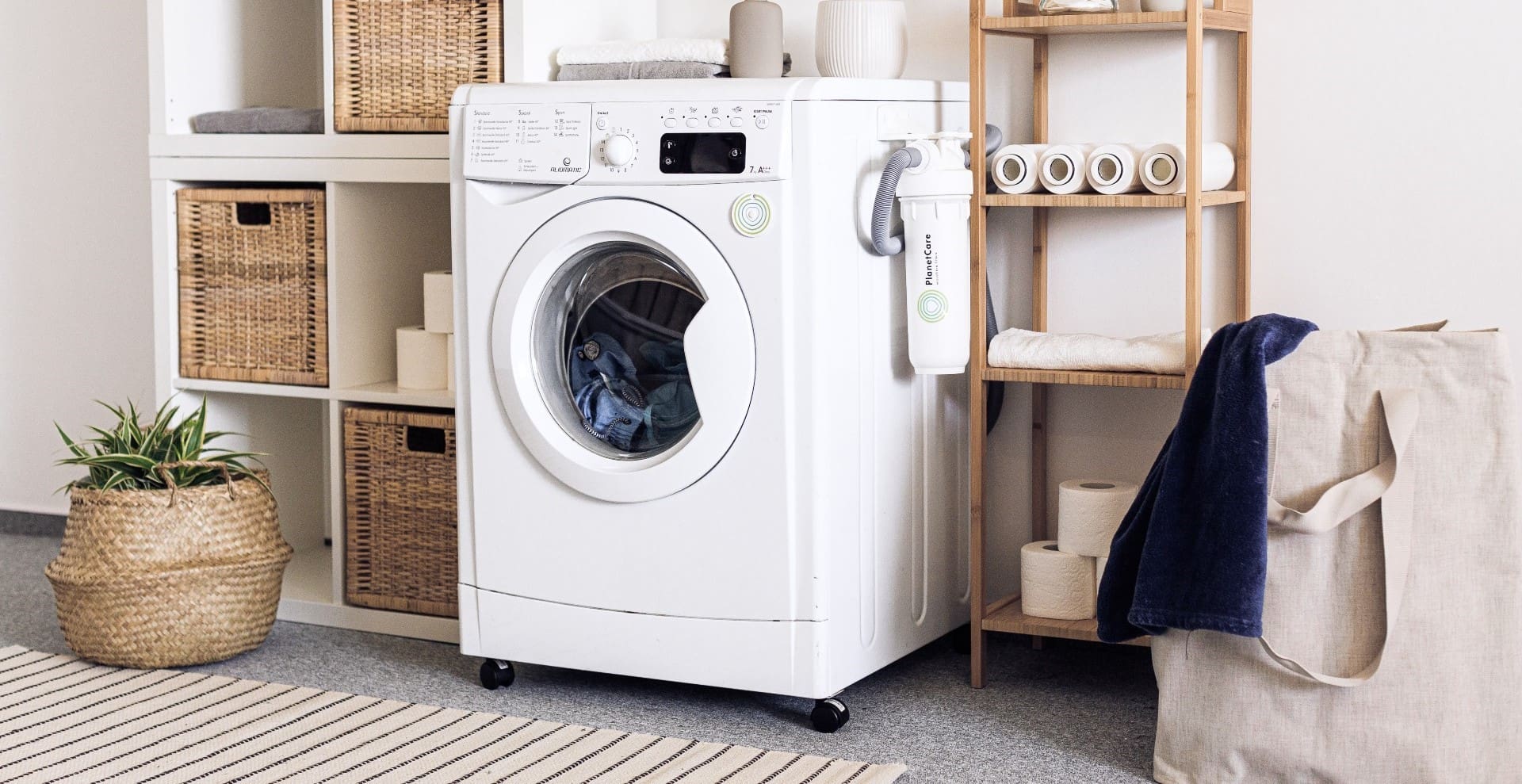
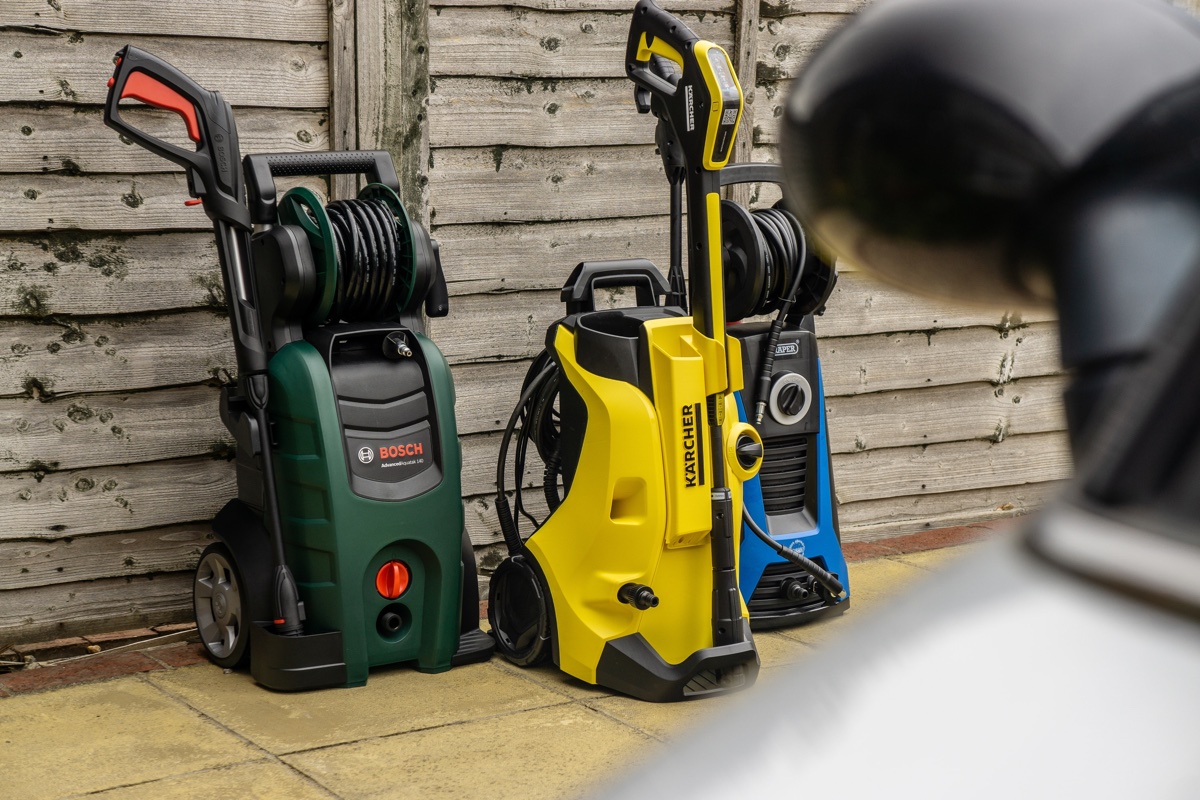
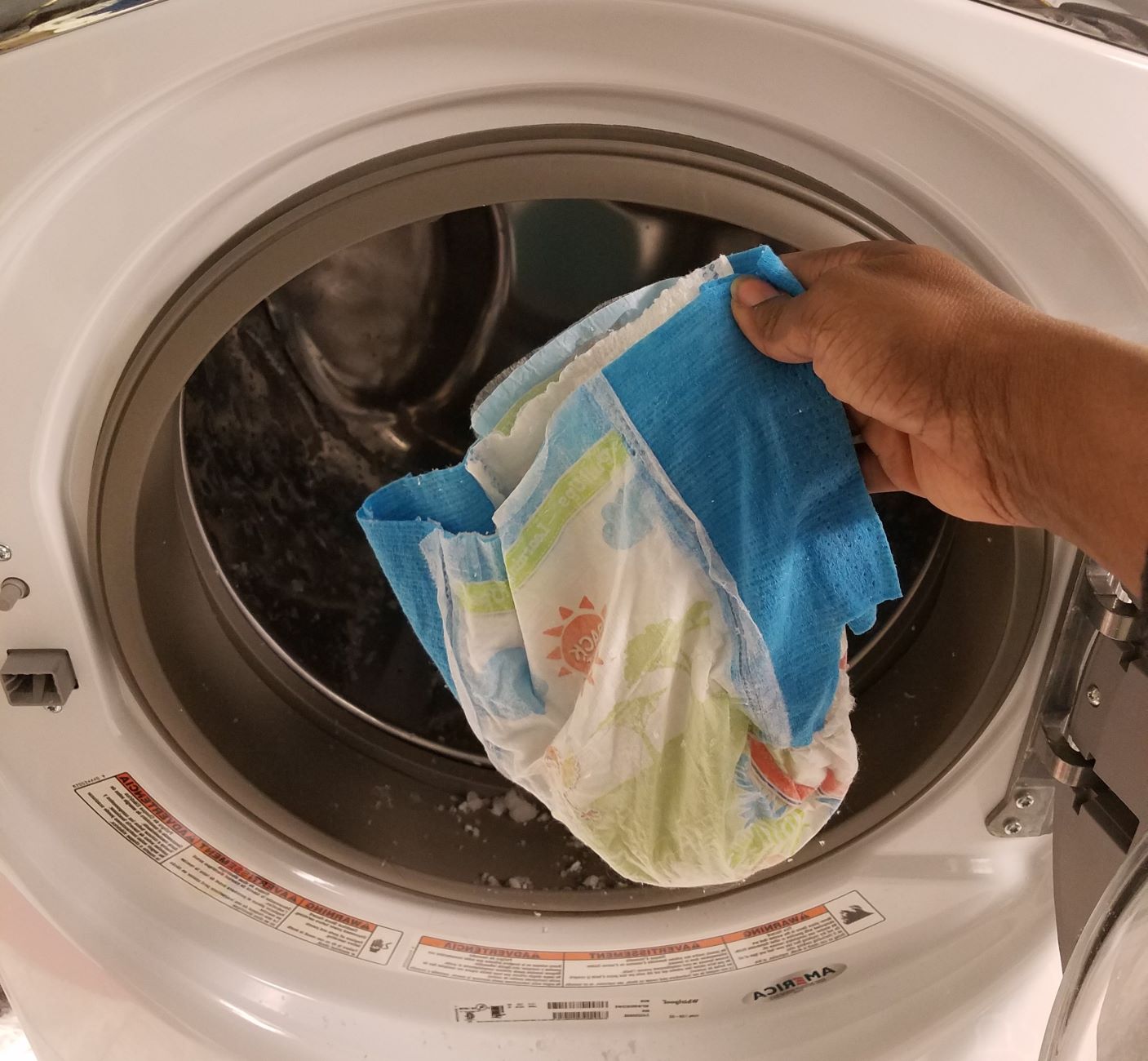
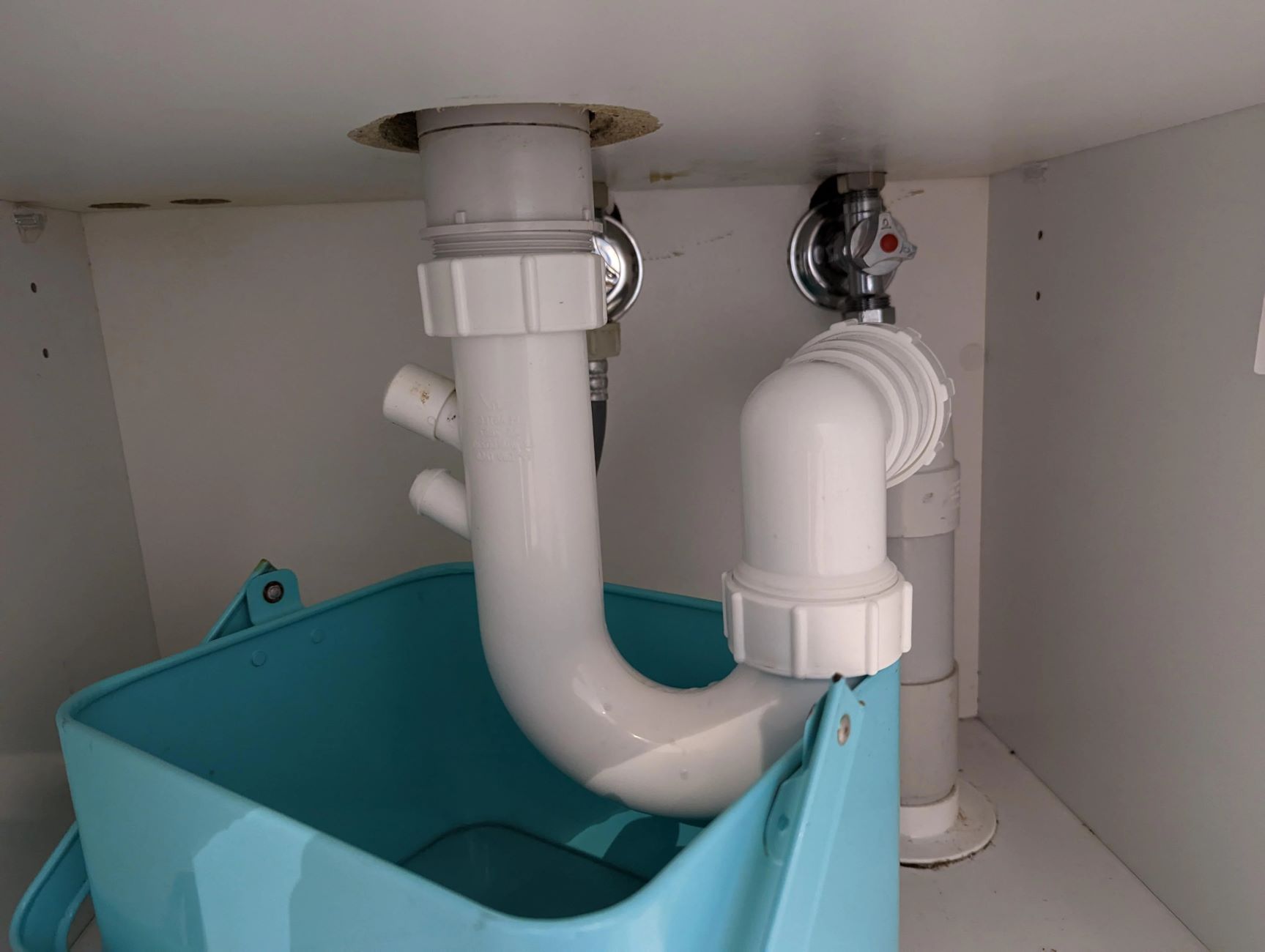
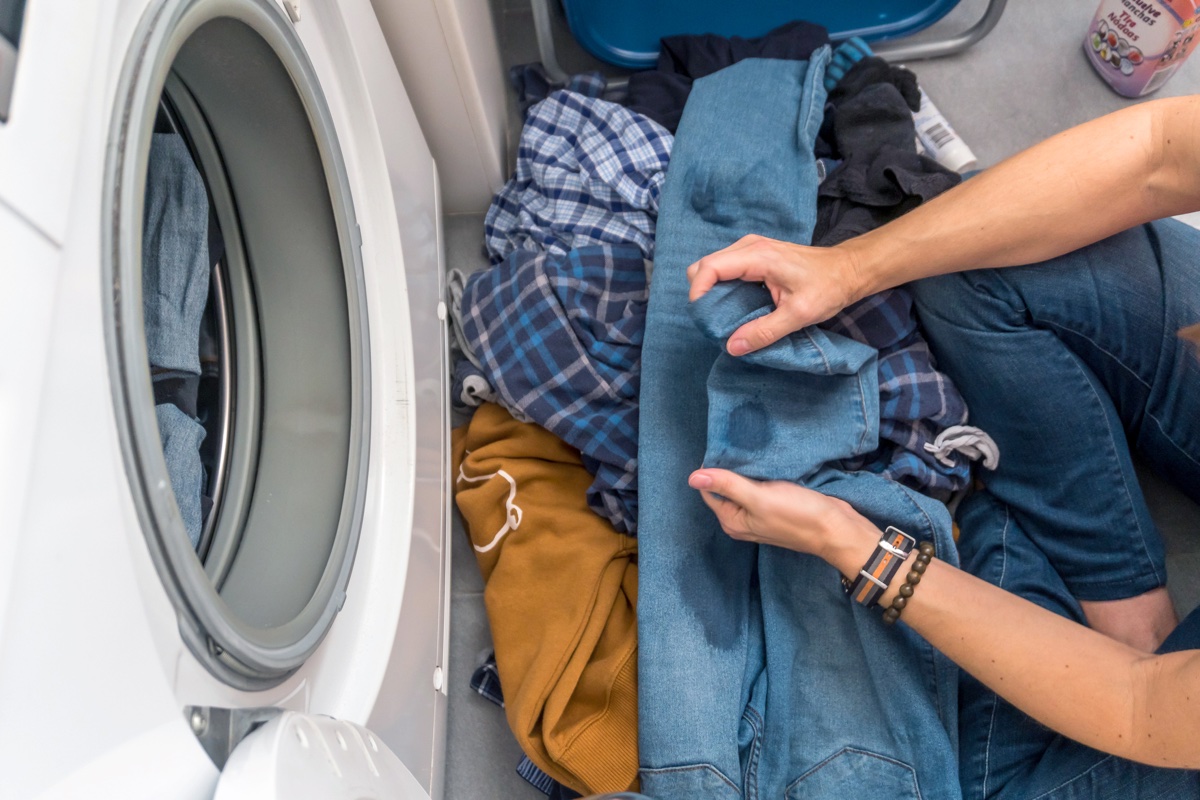
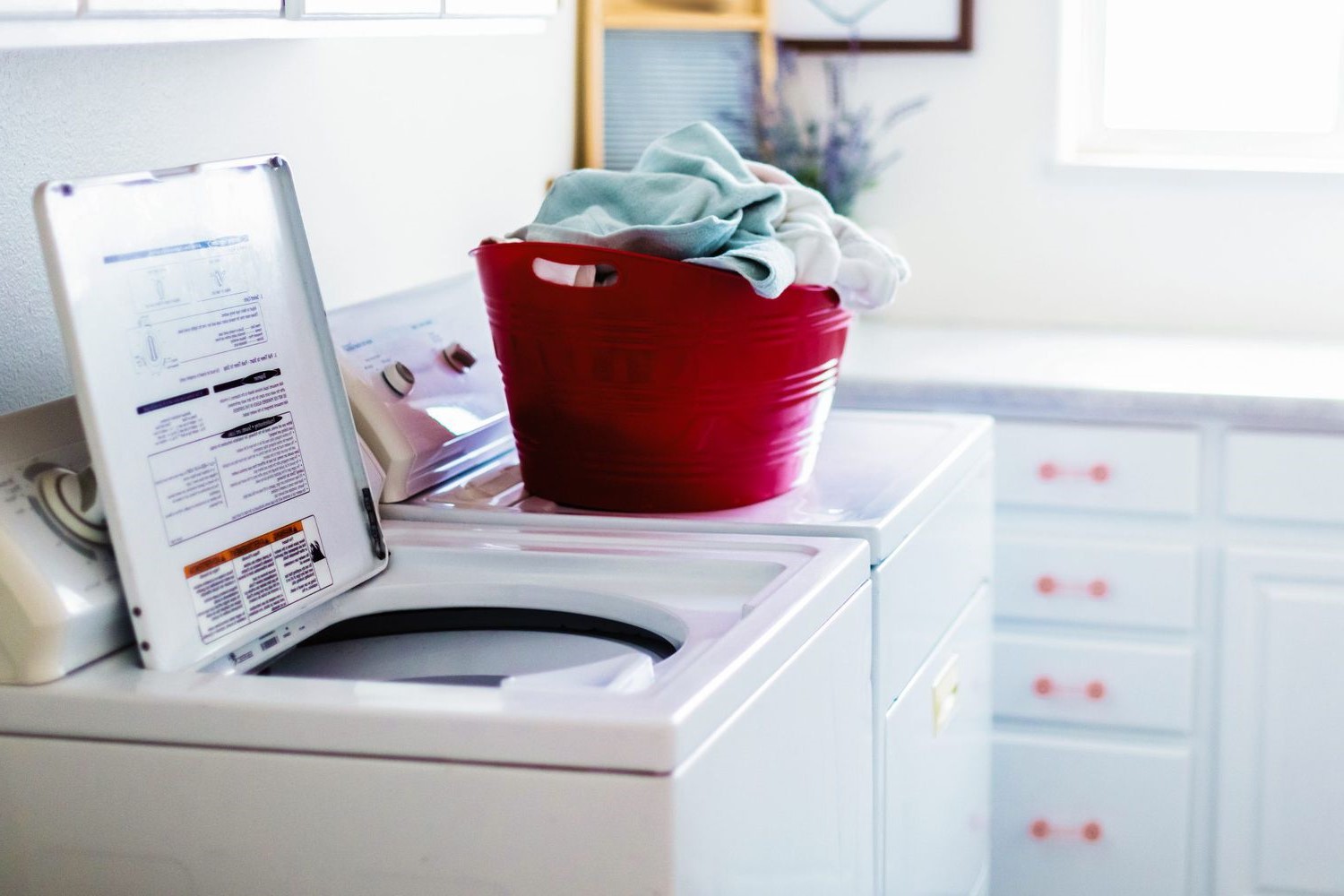


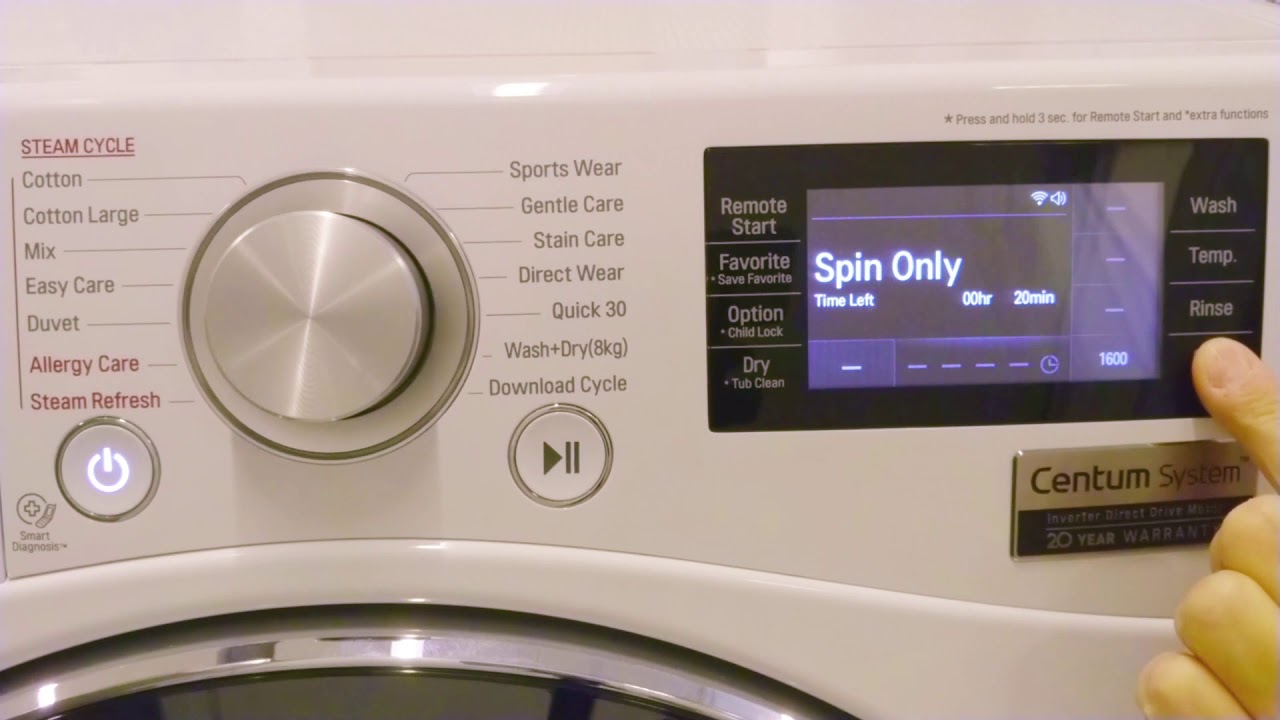

0 thoughts on “What To Do If Washing Machine Overflows”